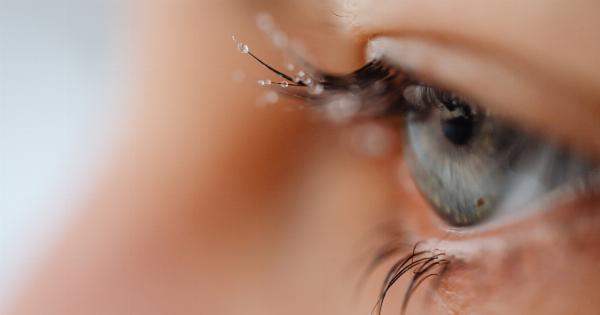Having clear vision is fundamental to lead an engaging life.
However, as we age, some of us may start experiencing vision problems caused by various factors such as unhealthy lifestyle, prolonged screen time, and medical conditions like glaucoma and cataracts. To address these conditions, eye drops are prescribed by doctors to maintain healthy eyes, reduce inflammation, and improve vision.
What are Eye Drops?
Eye drops, also referred to as ocular drops, are medicated solutions that are applied directly to the eye to treat various eye conditions like bacterial infections, allergies or dry eyes.
The medication in the eye drops can range from antibiotics, antihistamines, antifungals or anti-inflammatory drugs. Different types of eye drops target different conditions and depending on the condition, you can get over-the-counter eye drops or prescription eye drops.
Types of Eye Drops
Eye drops are classified according to the conditions they treat. Here are some of the common types of eye drops and what they target:.
Allergy Eye Drops
Allergies can cause itching and redness in the eyes. Antihistamine eye drops are used to relieve allergy symptoms such as itching, watery eyes, and redness. They can be bought over-the-counter or prescribed by a doctor.
Antibiotic Eye Drops
If you have an infection, your doctor may prescribe antibiotic eye drops to treat the bacterial infection. These drops kill the bacteria responsible for the infection and reduce inflammation and other symptoms.
Anti-Inflammatory Eye Drops
These drops contain corticosteroids that help reduce inflammation in the eyes caused by several conditions such as uveitis and iritis.
They are usually prescribed by a doctor and should be used under medical supervision because they can have several side effects.
Artificial Tears
Dry eyes can cause discomfort and vision problems. Artificial tears are a lubricating solution used to address dryness and prevent corneal erosion caused by lack of moisture in the eye.
They are available over-the-counter and can be used as frequently as necessary.
Glaucoma Eye Drops
Glaucoma is an eye condition that develops when the optic nerve is damaged. The condition causes pressure in the eyes that can damage the optic nerve.
Glaucoma eye drops contain medication that decreases the pressure in the eye to prevent optic nerve damage.
How to Apply Eye Drops
When applying eye drops, you need to follow the instructions from your doctor. However, here are some general steps you can follow:.
- Wash your hands and clean your eye area with a damp cloth
- Shake the bottle if necessary and remove the cap
- Tilt your head back and look up
- Pull down your lower eyelid with a finger and look up
- Squeeze the bottle gently and apply the prescribed amount of drops
- Close your eye and press gently on your tear duct for a few minutes. This prevents the medication from draining through the tear duct and into the bloodstream
- Wipe away any excess drops with a tissue or clean cloth
- Wash your hands again
When to Seek Medical Attention
If you experience any adverse symptoms after using eye drops, you should consult your doctor immediately. Adverse symptoms may include:.
- Severe eye pain or swelling
- Blurred vision or difficulty focusing
- Headaches or dizziness
- Increased sensitivity to light
- Redness, itching or burning that doesn’t respond to treatment or medication
Conclusion
Eye drops are a vital way to maintain healthy eyes, treat various eye conditions, and improve vision. You should follow the prescription from your doctor or the instruction on the packaging for over-the-counter medications.
Additionally, ensure you do not use someone else’s medication or eye drops that are expired. If you experience any adverse symptoms, contact your doctor immediately.


























